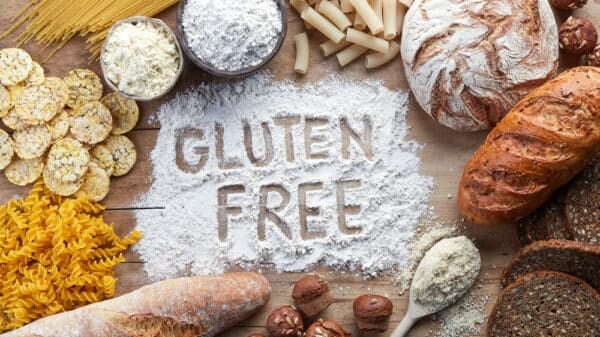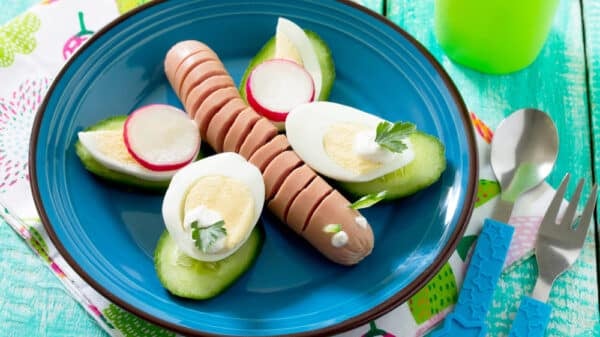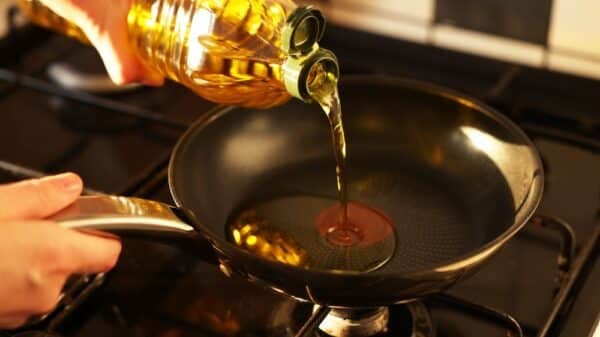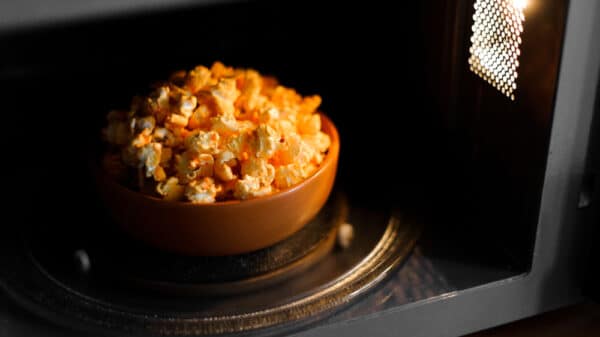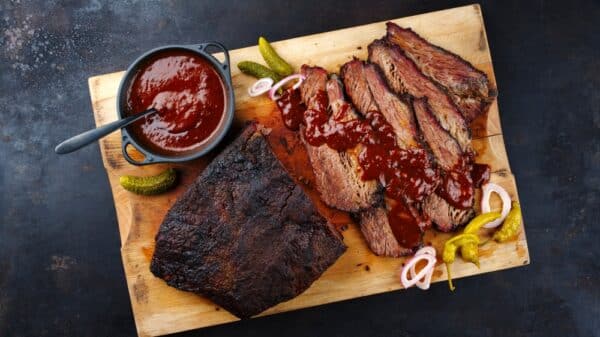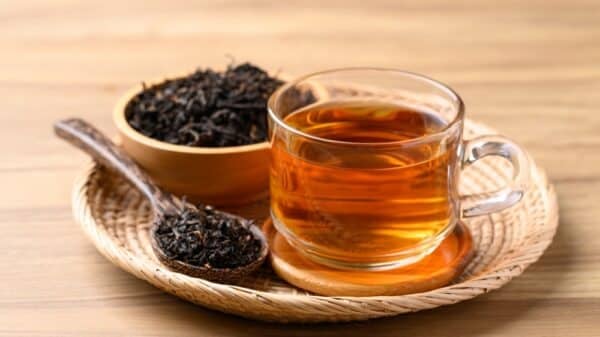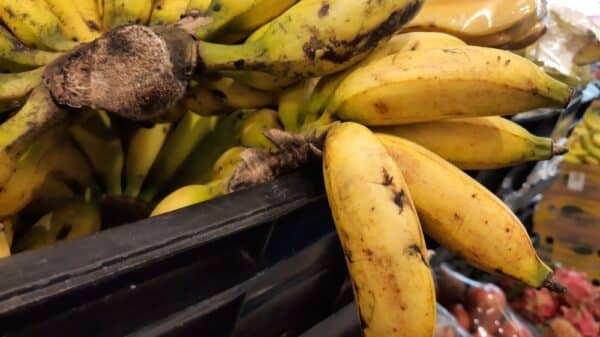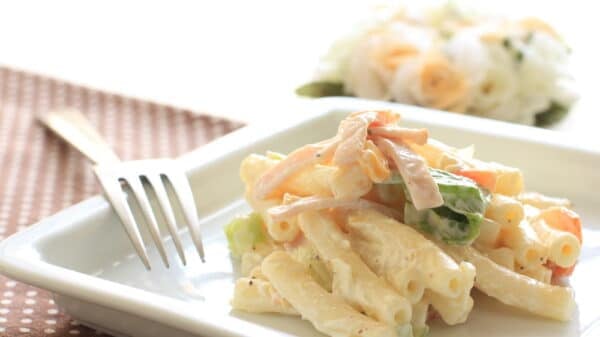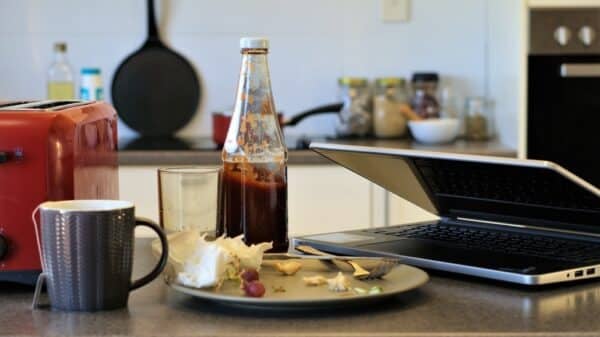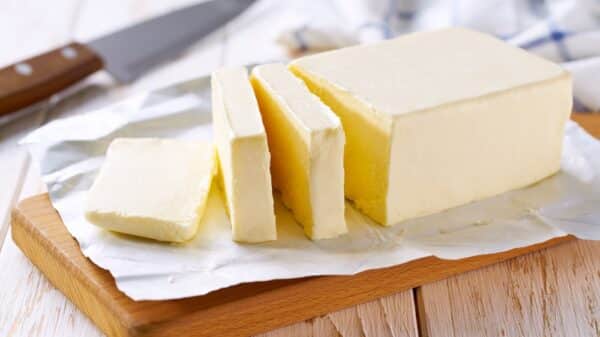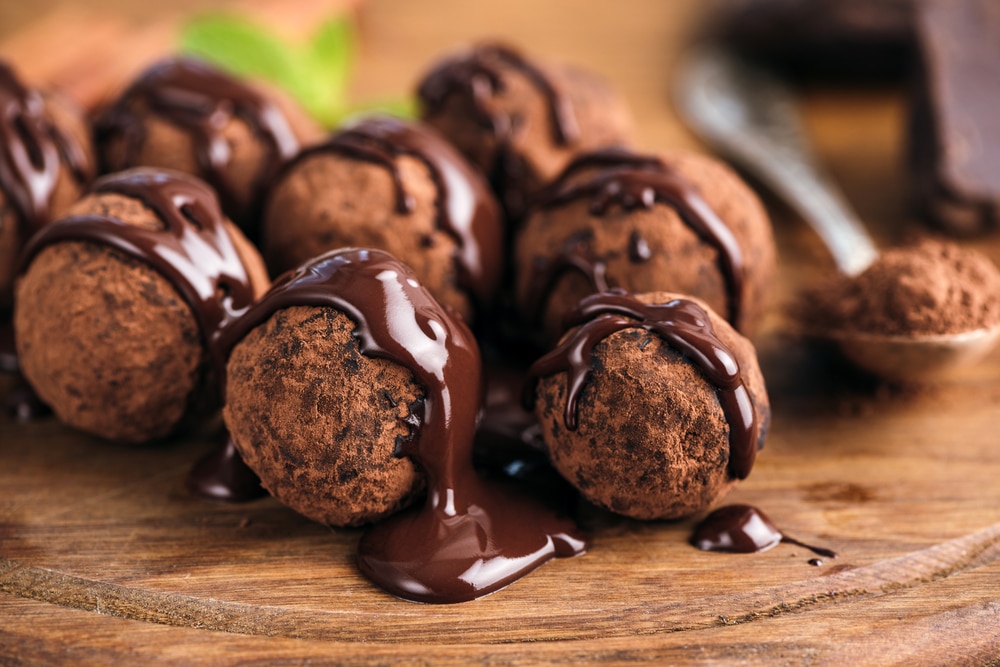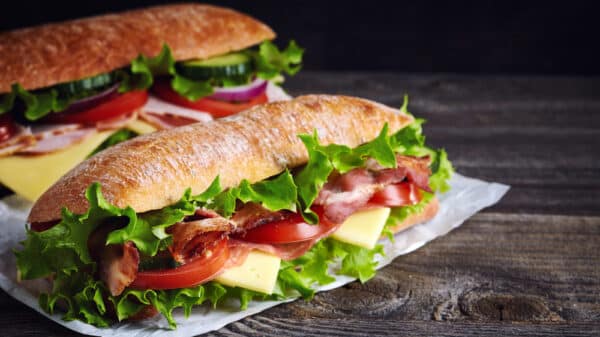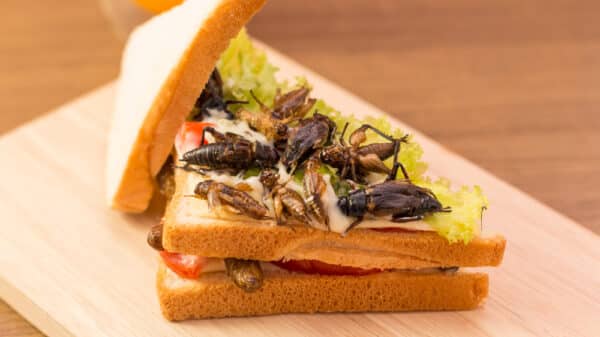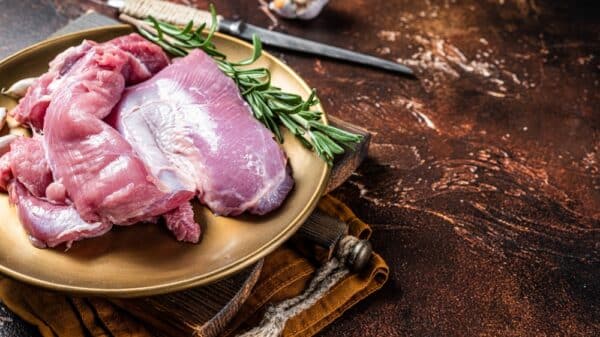Decadent and scrumptious, chocolate ganache can be the star of any dessert table. Whether you envision it dripping luxuriously from a cake, forming a rich filling for a tart, or being molded into delightful truffles, ganache is truly a versatile treat. At first glance, it seems simple—a luscious combination of just two ingredients. But let’s be real; the journey to achieving that flawlessly smooth, glossy ganache you’ve seen on baking shows and Instagram takes a bit more finesse than it appears. There’s a common tendency for it to go awry, resulting in a split, grainy concoction that falls short of your expectations.
If you’re feeling a bit lost in the details, you’re not alone. Perhaps you’re still wrapping your head around the fundamental differences between ganache and traditional frosting. While both can elevate your desserts, they are distinctly unique. Frosting can come in various styles, with chocolate buttercream being a popular choice made from cocoa powder, icing sugar, and butter. Ganache, on the other hand, is purely cream and chocolate—this gives it a rich, less sweet flavor, especially when made with high-quality dark chocolate. So, even though it may seem like child’s play to just combine two ingredients, the pitfalls are closer than you think.
Whether you’ve faced your share of ganache flops in the past or are venturing into this world for the first time, you’re in the perfect place to get tips on avoiding pitfalls. Such missteps can lead to a ganache that’s more headache than delight, but don’t worry! Once you learn about common mistakes and how to sidestep them or fix them as they arise, you’ll feel empowered to create that perfect, velvety ganache.
Using Large Pieces of Chocolate
You may consider grabbing a bag of chocolate chips or a bar of couverture chocolate for your ganache, but using bar chocolate is often a better choice. Why? Bar chocolate usually boasts a superior quality compared to chips, plus it’s more accessible than couverture which can be a little fancy for everyday baking. It’s tempting to just tear the chocolate into large squares and move on, but that’s a miss. Instead, take a moment to chop the chocolate finely. Remember, every little piece counts!
The finer the chop, the easier it will be for the chocolate to melt evenly into the warm cream. If you leave big chunks, you’re setting yourself up for a struggling ganache with pesky bits of un-melted chocolate sneaking in. Try to chop it evenly, but no need to pull out a ruler—just avoid large pieces next to fine shavings. If you find yourself in a jam with stubborn chocolate that won’t melt, there’s hope! Just place your mixing bowl over a sauce pan filled with gently simmering water—this makeshift double boiler will help melt it down without the risk of direct heat that can cause it to seize or split.
Swapping Milk for Cream
Let’s break this down: the magic of ganache comes from just two ingredients—chocolate and heavy cream. You might think, “Hey, I can just toss in some milk or half-and-half,” but that’s a rookie mistake that won’t yield the results you want. Many assume that if cream works for ganache, any liquid will do, but that couldn’t be further from the truth!
Maybe you’re looking at an empty cream container and feel tempted to grab that carton of milk sitting in your fridge, or perhaps you’re aiming to trim some calories. Listen, experiment with the cream instead! When you substitute it with a lower-fat option like milk, you’re ensuring your ganache won’t have that beautiful, velvety set that you crave. It may appear ganache-ish, but it won’t hold up for drips, frostings, or truffles. You could try adding more chocolate to thicken it, but let’s be honest—the rich, indulgent flavor of heavy cream is what makes ganache a true standout, so just make a quick trip to the store and get that cream.
Using Too Much Heat to Melt the Chocolate and Cream
Creating ganache might seem easy-peasy—just melt chocolate and cream together, right? Well, that’s where many folks go wrong: applying too much heat. When you crank up the temperature, the chocolate can seize, leaving you with an unsightly mess of lumps swimming in greasy liquid—a very frustrating result!
Instead of throwing everything in a saucepan on high heat, try this: heat the cream separately until it’s just hot and slightly steaming—think comforting bath water, not a rolling boil. You’ll want those little bubbles just at the edges but nothing more. Pour that hot cream over your chopped chocolate and watch it work its magic. As Mary Berry wisely said, “Chocolate melts in a child’s pocket.” It really doesn’t take a blowtorch to get it to melt beautifully!
Image Source: Vladislav Noseek / Shutterstock

